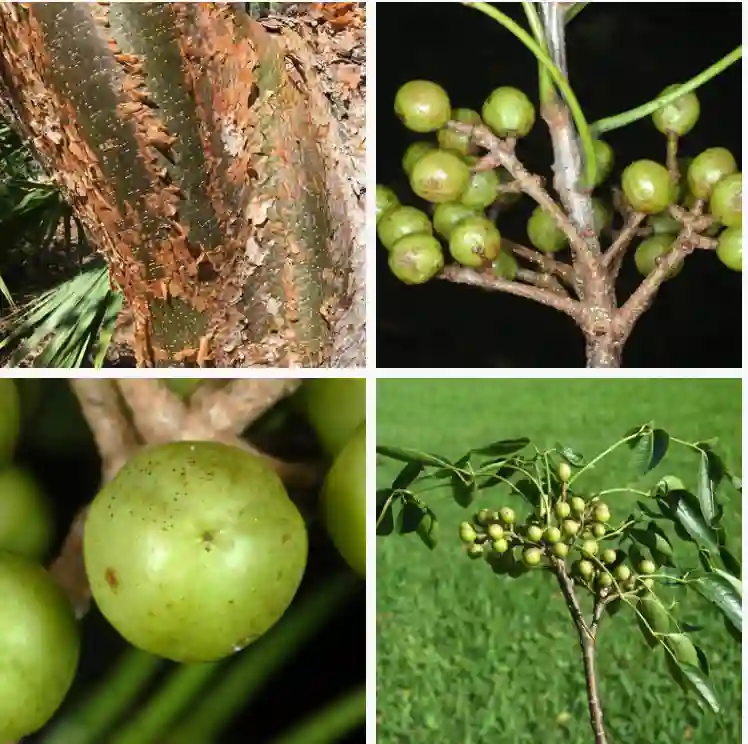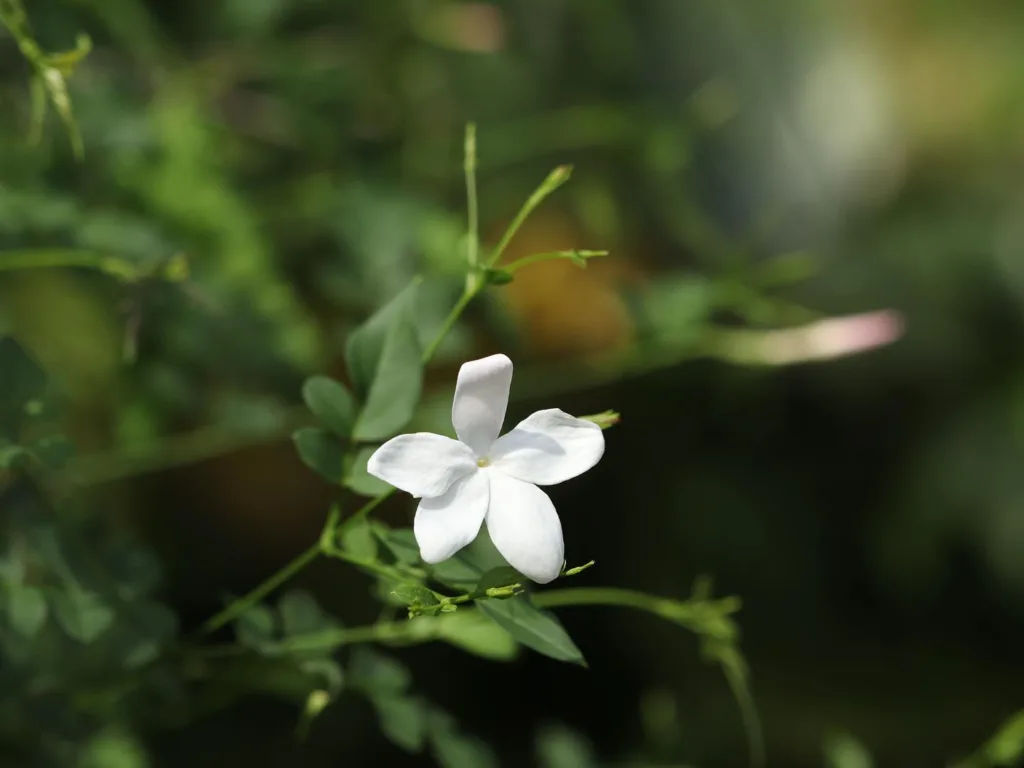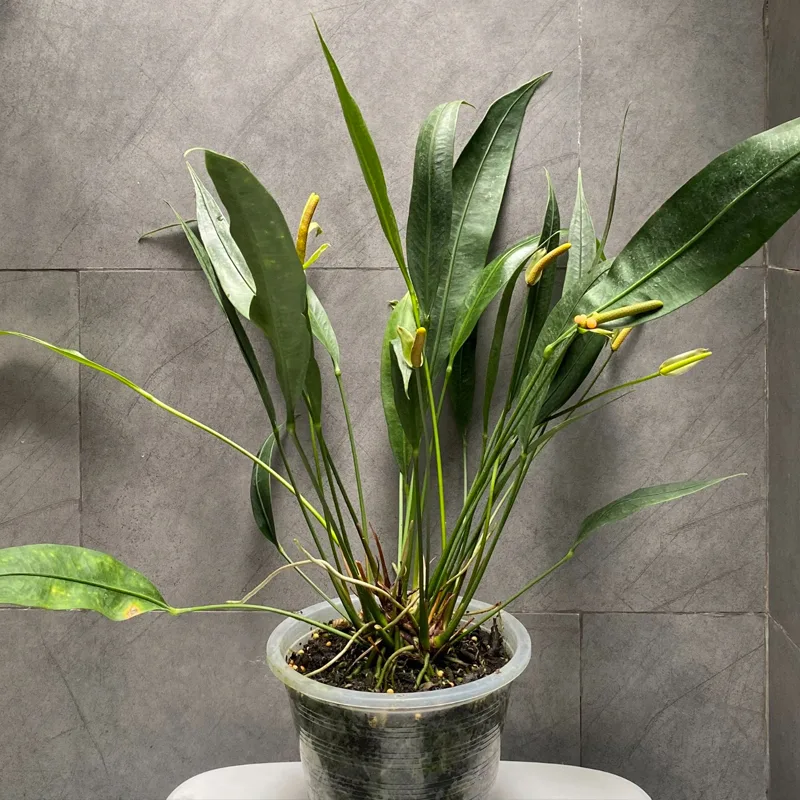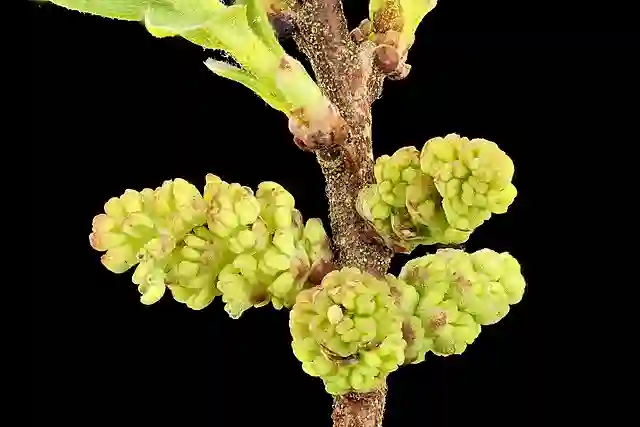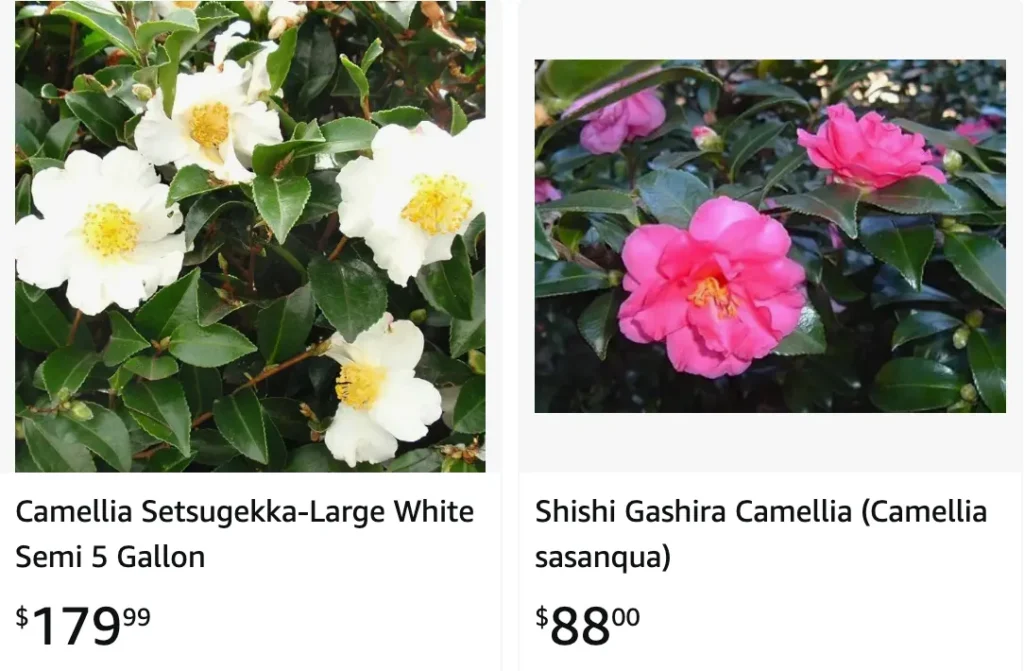
The Allure of the Setsugekka Camellia: A Gardener’s Guide
For years, I’ve been captivated by the timeless beauty of camellias. Their glossy evergreen foliage and vibrant blooms add a touch of elegance to any landscape. But recently, the Camellia Setsugekka has stolen a special place in my heart.
This captivating Japanese cultivar boasts an abundance of large, pristine white flowers with delightfully ruffled edges. The golden center adds a touch of warmth, making it a true standout in the winter garden.
As I delved deeper into the world of Setsugekka camellias, I realized there was a wealth of information to be shared. So, whether you’re a seasoned gardener or just starting your plant parenthood journey, this guide is for you!
230 Species in Genus Camellia
What is Camellia Setsugekka?
The Setsugekka camellia, also known as the Camellia sasanqua ‘Setsugekka’, is a medium-sized evergreen shrub. Its upright, yet graceful, form features cascading branches that lend a semi-weeping habit. This creates a visually stunning silhouette, especially when adorned with its signature blooms.
These captivating blooms can reach up to four inches in diameter, boasting a semi-double form. Imagine pristine white petals, delicately ruffled and crimped, framing a heart of golden stamens. The visual texture is truly mesmerizing.
But the magic of the Setsugekka goes beyond aesthetics. This camellia is a mid-season bloomer, gracing your garden with its beauty from early autumn, sometimes extending into winter. This provides a much-needed pop of color during a time when many plants are slowing down.
How to plant Camellia Setsugekka?
Now that you’re smitten with the Camellia Setsugekka, let’s talk about planting it in your own haven. The good news is, this beauty is known for its adaptability. It thrives in both full sun and part shade, making it suitable for a wider range of garden layouts.
The key to a happy Setsugekka lies in providing it with the right soil conditions. Opt for consistently moist, acidic, and well-drained soil. Amending your existing soil with organic matter like compost can create the perfect environment for your camellia to flourish.
When planting, ensure the root ball sits level with the surrounding soil. Water your Setsugekka thoroughly after planting and continue to do so regularly, especially during the first growing season. Once established, it’s a moderately drought-tolerant plant, but remember, happy roots mean happy blooms!
How to care for Camellia Setsugekka?
With a little TLC, your Setsugekka camellia will reward you with years of stunning blooms. Here are some key aspects of care to remember:
- Watering: As mentioned earlier, consistent moisture is crucial, especially during the first year and during hot, dry spells.
- Mulching: Apply a layer of mulch around the base of your camellia to retain moisture, suppress weeds, and regulate soil temperature.
- Fertilization: A light application of fertilizer formulated for acid-loving plants in early spring can give your Setsugekka a boost.
- Pruning: While not essential, judicious pruning can help maintain your camellia’s desired shape and encourage new growth. Prune after flowering has finished.
Does the Setsugekka Camellia Have Non-invasive Roots?
One of the concerns some gardeners have with camellias is the potential for invasive roots. The good news is that the Setsugekka camellia is generally considered to have well-behaved, non-invasive roots. Its root system tends to be shallow and compact, making it a good choice for planting near structures or walkways.
However, it’s always a good practice to plant your camellia a safe distance away from foundations or underground utilities. For peace of mind, consult a local nursery professional for specific recommendations based on your garden layout.
Companion Planting for a Thriving Ecosystem
The Setsugekka camellia can be a wonderful addition to a mixed border, adding a touch of winter elegance. Here are some ideas for companion plants:
- Azaleas and Rhododendrons: Sharing similar soil preferences, these flowering shrubs create a stunning color palette.
- Ferns: The delicate texture of ferns provides a beautiful contrast to the camellia’s bold blooms.
- Spring Bulbs: Early-blooming bulbs like daffodils or tulips add a burst of color before the Setsugekka takes center stage.
With its captivating beauty, easy-going nature, and well-behaved root system, the Setsugekka camellia is a true gem for any garden. So, why not add a touch of winter magic to your landscape with this exceptional Japanese cultivar?
If i die, water my plants!
